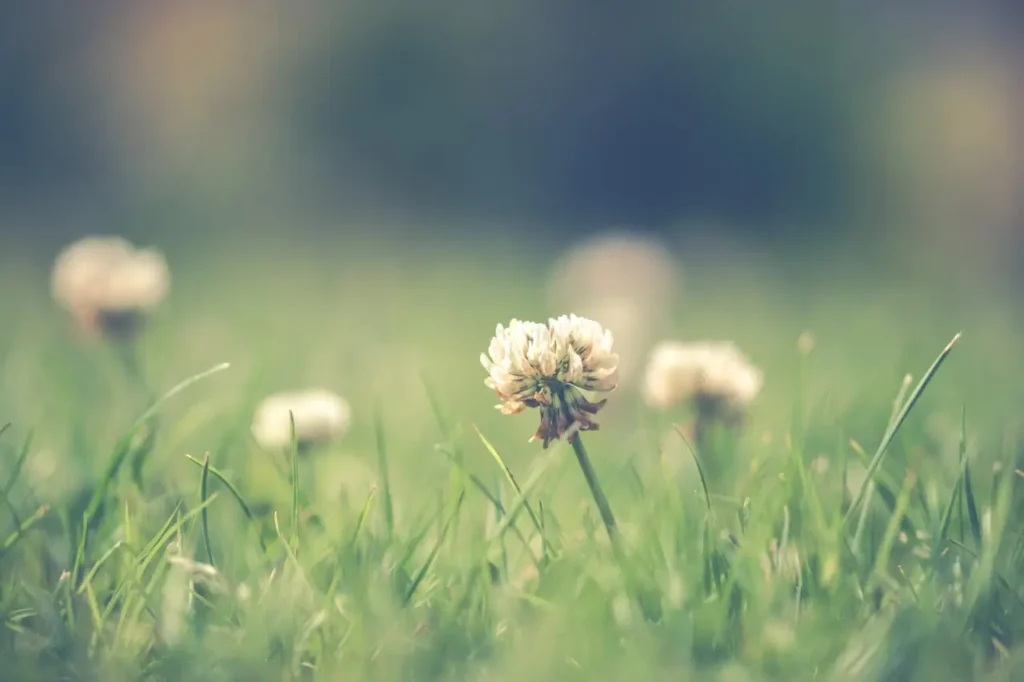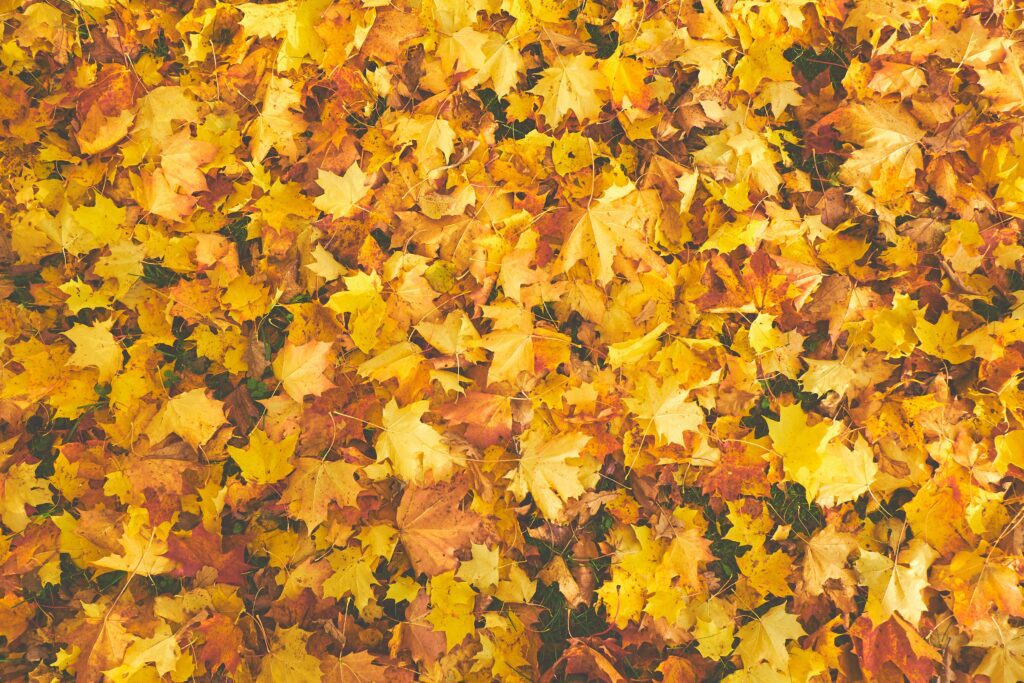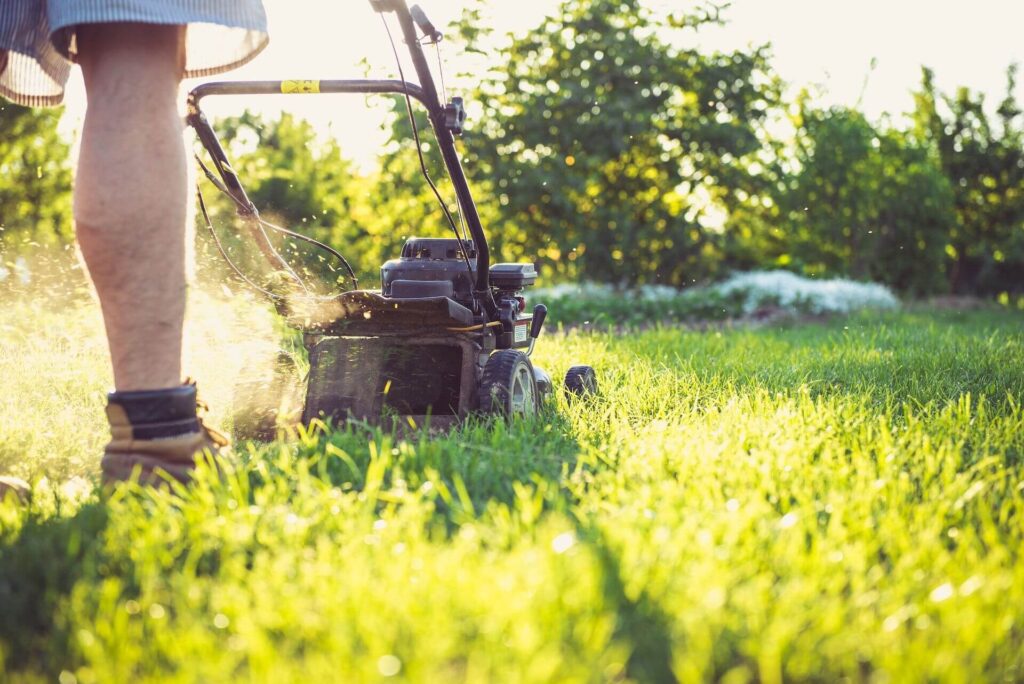Spring time along the Colorado front range can be an exciting time. From thunder snow, to high temps in the 80s and 90s to the very next day of hail, or freezing temperatures and a blanket of snow. If you’ve lived here any length of time you know what we’re talking about. This kind of weather along the Front Range can leave people and plants confused over whether spring will ever arrive. So what is the prescribed lawn treatment after these events?
When Mother Nature gets wishy-washy in the springtime, what should we expect?
- Fruit trees may not have peaches, apples or apricots this season.
- Crabapples: since they bloom over time, some may set fruit and survive. Others may be questionable for fruiting. Successful fruit production depends on the size of the fruit at the time of a freeze.
- Ash, maple and honey locust whose leaves browned out in an earlier freeze will likely come back with expanding secondary leaves. Make sure trees receive adequate water to avoid drought stress and apply appropriate fertilizer.
- Perennials that have not yet flowered should move into the season with few effects. Flowers on early-blooming plants, such as lilacs and forsythia, may be lost during a freeze. The weight of snow may push blossoms and petals off many blooming plants. Peonies may have broken stems. Late-blooming stiff-stem iris should survive. While it’s painful to lose showy blooms, the plants themselves should recover and rebound.
- Tender annual veggies – tomatoes, green peppers and emerging seedlings – are likely lost unless protected from a freeze. You’ll want to keep freeze protection in place if temps hover near freezing.
What will plants need after a weather roller-coaster?
- Veggies and annual flowers that did not survive need to be replanted.
- Trees and shrubs may need selective pruning to remove storm damage. Splayed plants may need bundling to restore their shape.
- Perennials are tough, snow storm survivors and will likely recover with some pruning and TLC. Provide adequate water and fertilizer and monitor for pest infestations.
The consolation prize in these weather events is that there may be fewer ash seeds falling and sprouting in beds and lawns. And there may be less cottonwood cotton floating in the air.
The best plant Rx after these weather events is to keep plants healthy and unstressed. Healthy plants are more resistant to insects and diseases. If you must replace some of your plants, select varieties most likely to survive in Colorado’s challenging climate. This lawn treatment will keep your landscape healthy, even with a wishy-washy Colorado Springs springtime weather.
Other Great Articles about Lawn Care Trips

Understanding How Pre-Emergent & Post-Emergent Weed Control Products Work
Weeds can be the bane of any homeowner’s lawn, especially in central Colorado. If you’re battling these pesky intruders, understanding the differences between the various weed control products available can be daunting. That’s why we’re going to explain the two main types of weed management products, pre-emergent and post-emergent herbicides. As you read on, you’ll…

The Complete Guide to Fall Lawn Care: Best Practices for Preparing Your Lawn for Winter
Is this your first fall as a Colorado Springs homeowner? Whether you’re ready to winterize your lawn for the first time or simply need a fall lawn care refresher for the home you’ve lived in for years, these essential lawn care basics will help you transition your lawn from the summer season to winter. Fall…

The Complete Guide to Lawn Mowing + Lawn Mowing Tips for Colorado Springs Homeowners
Mowing your Colorado Springs lawn is more than a weekend chore; it’s essential to keeping your green space healthy and attractive. You may think the only purpose of mowing is to keep your grass from getting unruly. However, your mowing practice can actually help increase your lawn’s density and encourage deep root growth, two factors…
